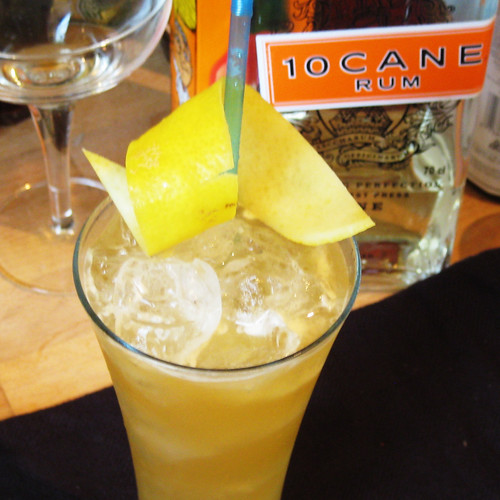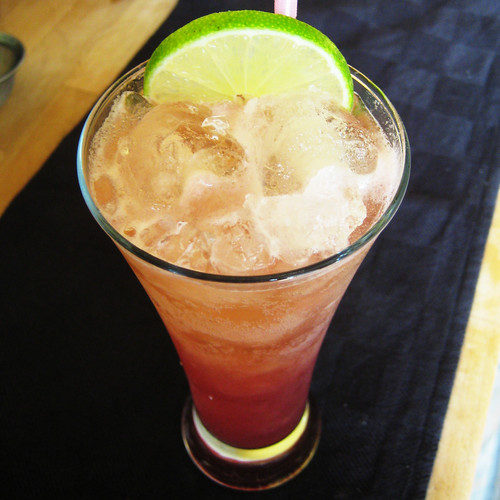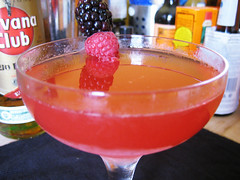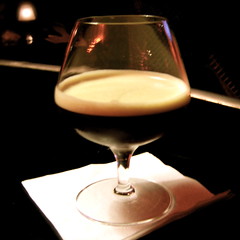Eighteen: West India Company
If I'm honest, this started out as more of a kitchen special. I recently had the privilege of having my flat inspected by my landlord and in my attempts to make the place look more safely habitable, I turned all kinds of interesting things. There were newspapers dating back to 2007, a stack of comics as big as a five-year-old child, and most intriguingly for the purposes of this post, an airtight jar full of vanilla chai teabags. Masala chai is a blend of tea and aromatic spices that originated in the Indian Subcontinent, usually served heavily sweetened with milk. The practice of adding spices, combined with the increased proportions of milk and sugar, drew disapproval from India's colonial masters but the popularity of spiced tea seems to have outlasted the Empire. These days, masala chai style drinks are available in coffee shops everywhere - Starbucks, Costa, the usual suspects - though the actually chai component tends to be a bit of a cheat. Starbucks, for example, uses a spiced and sweetened tea-based syrup for its Chai Lattes and other commercially available syrups and teabags tend to include nontraditional flavours like chocolate or vanilla.
Just like my teabags! For some reason, I immediately thought of adding rum.

West India Company
50ml 10 Cane Rum
50ml sweetened vanilla chai (black)
25ml lemon juice
Shake all ingredients with ice and strain into ice-filled glass. Garnish with a lemon zest twist.



